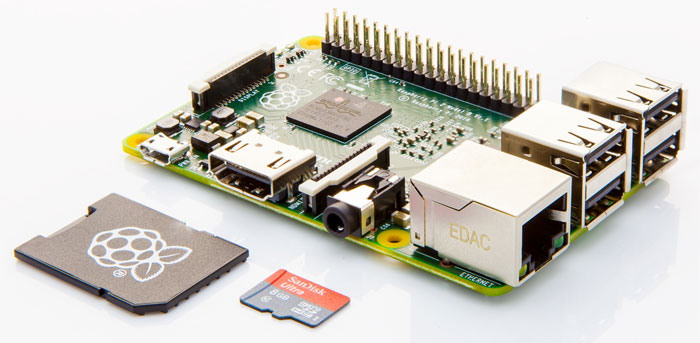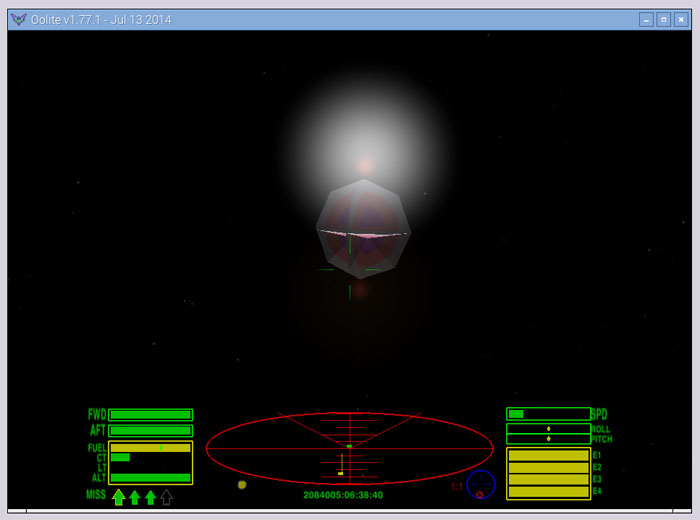In a blog post concerning another new Raspian release an exciting new feature is touted - an experimental OpenGL driver for the desktop which uses the Raspberry Pi 2 GPU to provide hardware acceleration. The feature needs to be turned on, to switch from using the default software OpenGL renderer, however the "hardware-accelerated version is much faster, and makes some quite decent OpenGL games playable on the Pi," according to the blog.
The new Raspian release, available for download immediately, features a plethora of updated standard applications like Sonic Pi, Scratch, Mathematica and Node-RED. There are new library versions for WiringPi (for GPIO access), Python and Java. The update also brings along a number of updates and bug fixes to what is referred to as the 'Jessie image'. Importantly USB audio compatibility is improved, and the Main Menu editor now allows new menus to be created, and you can now overclock any RasPi version directly from the GUI Raspberry Pi Configuration and command-line raspi-config applications.

Behind the scenes of the incremental fixes and polish updates for Raspian the developers have been working on an experimental OpenGL driver for the desktop which uses the SoC's GPU to provide hardware acceleration. This driver is now shipping with the latest Raspian but has to be enabled (it's turned off by default). The driver is only compatible with the Raspberry Pi 2, due to memory limitations of other boards. While on the topic of possible problems, incompatibilities and other gotchas, it must be noted this is a beta driver and experimental. It is recommended only to be activated when you are going to use it and it may break some other RasPi features such as the Pi Camera and video playback support.
Video showing the difference in software and hardware accelerated OpenGL on the RasPi 2
As mentioned in the intro, this OpenGL driver is "much faster" than the software renderer usually used by the system. An OpenGL demo program such as GLXGears runs at about 23fps with incorrect colours and flickering on the software renderer but with the new hardware accelerated driver you can see it run at 60fps with the correct colours, flicker free (see video above). Various games tested by the developers also showed a marked improvement to smoothness and playability.

In other Raspberry Pi news, Samsung has ported the Tizen 3.0 OS to Raspberry Pi. Of course Samsung hopes RasPi users will develop more apps for its OS for use on the likes of mobile devices, wearables, TVs, and maker computer boards. PCWorld reports that developers are also contributing to port Tizen to the MIPS architecture.













